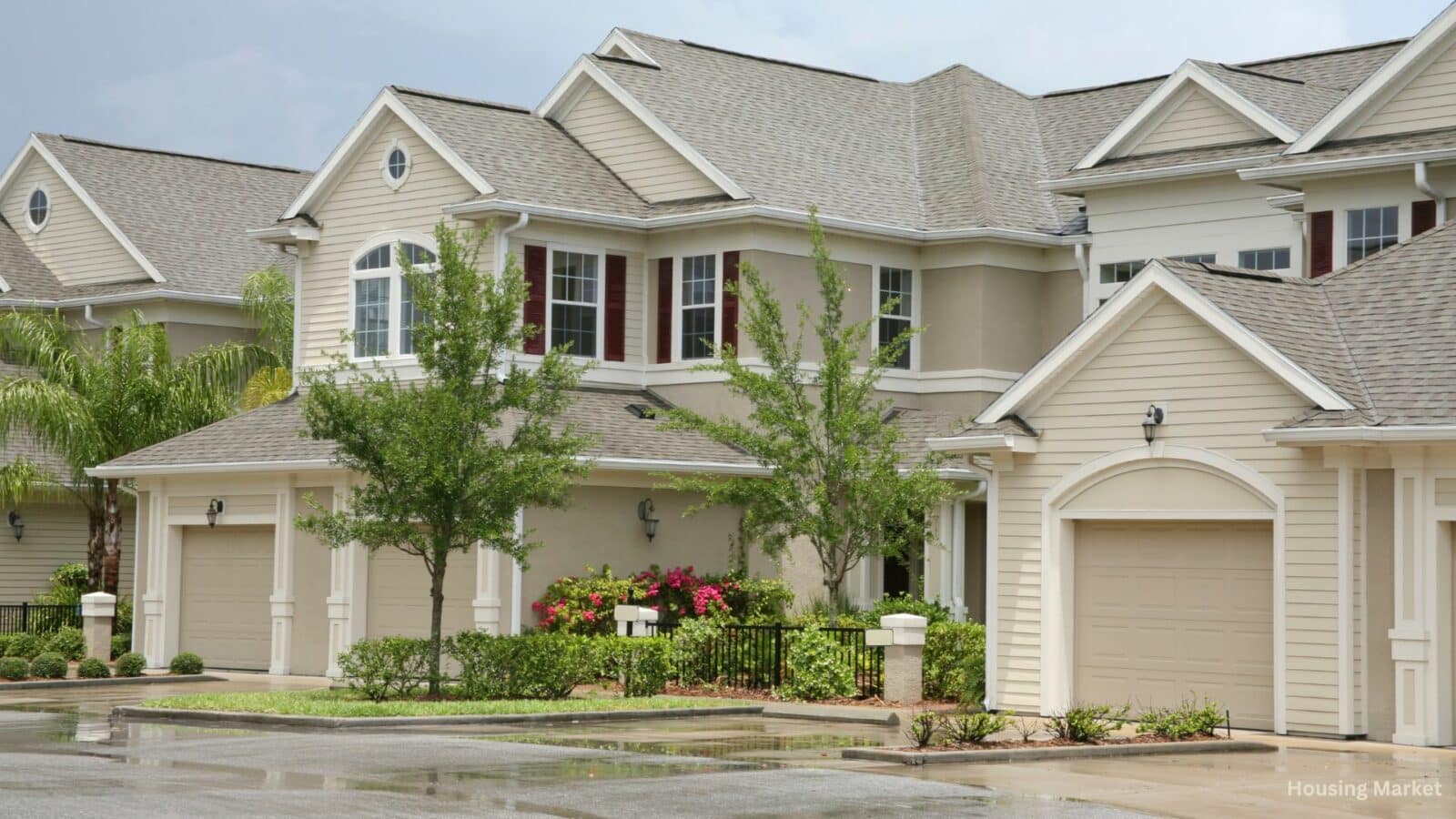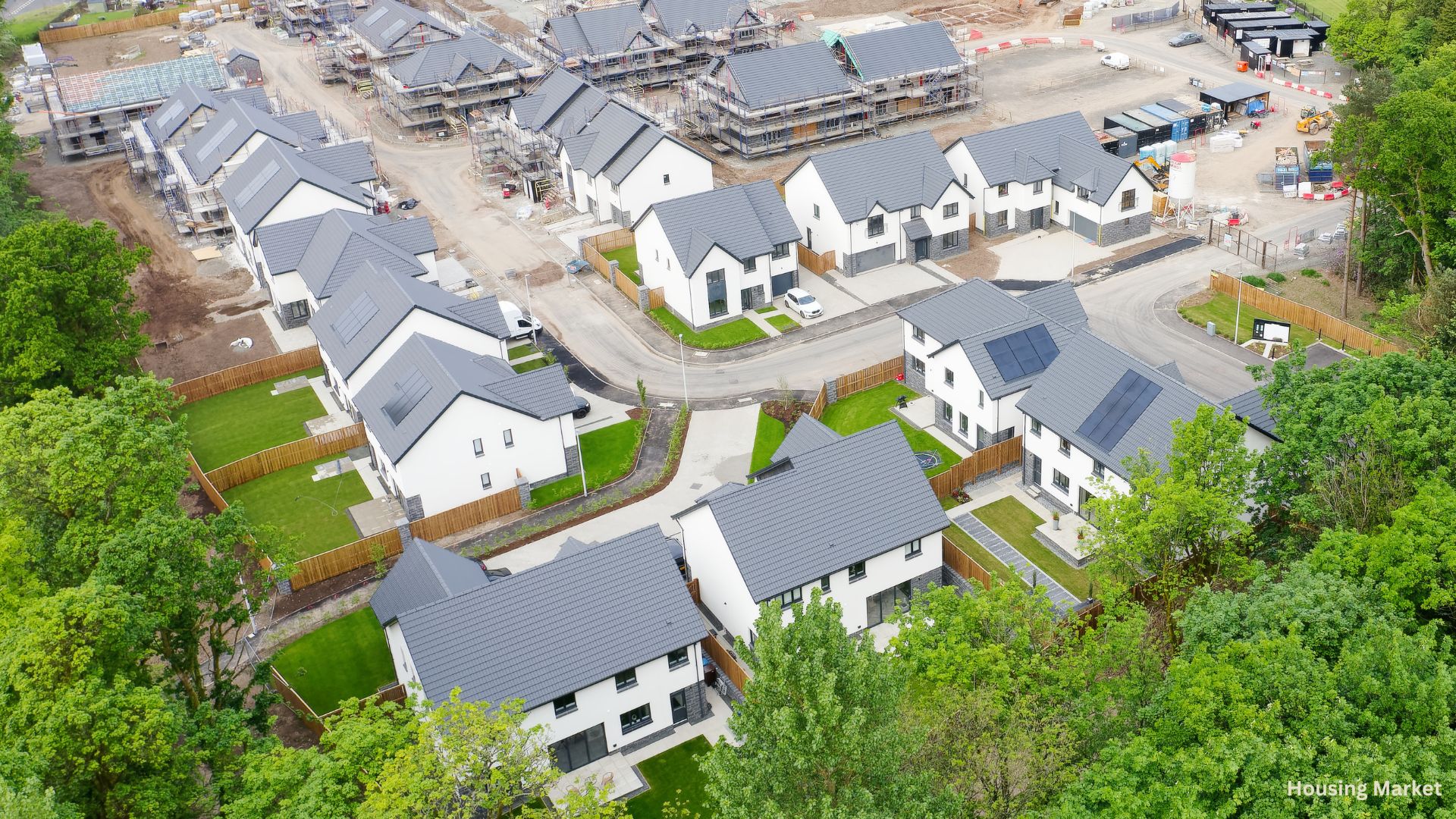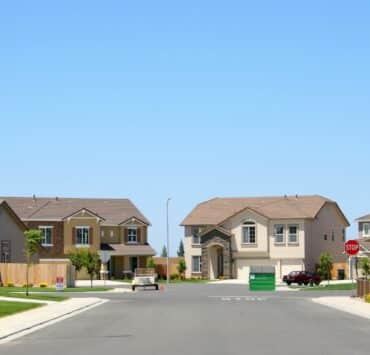The housing market is weird, according to Ben Casselman of New York Times. That’s the best way to describe the current state of real estate in 2024. When the Federal Reserve started raising interest rates in 2022, many economists predicted a downturn in the housing market. Initially, they were right. But as time went on, the market started to defy expectations, becoming stranger and more unpredictable. This blog delves into the unique and baffling aspects of today’s housing market.
The Initial Shock: Interest Rates and Supply Constraints
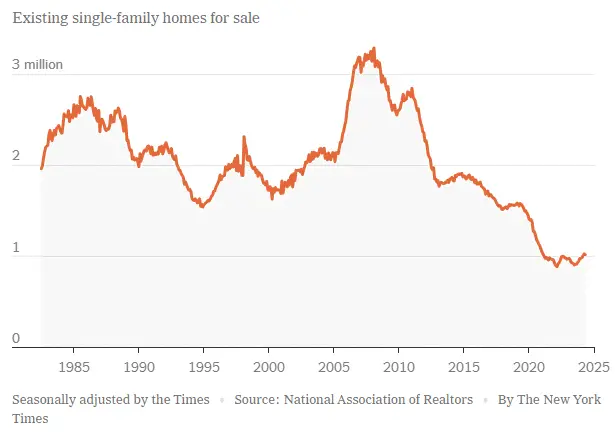
When interest rates began to rise, the initial response was as expected: construction slowed, and prices dipped momentarily. However, this was short-lived. As borrowing costs increased, many homeowners who had secured low rates held onto their properties, leading to a significant drop in the supply of homes for sale. This phenomenon, known as “rate lock,” created a severe shortage in the housing market. Despite the high costs, the demand for homes remained strong, contributing to a peculiar scenario where high interest rates did not lead to a significant decrease in home prices.
Homes Are Unaffordable
The housing market is weird not only because of the supply constraints but also due to the extreme unaffordability of homes. During the pandemic, home prices surged by over 40% nationally from the end of 2019 to mid-2021. Although the pace of price increases has slowed, the prices have not fallen as many expected. Coupled with the rise in interest rates, buying a home has become more expensive than ever. For instance, the monthly cost of a $300,000 house has jumped from $1,100 to $1,800 due to increased mortgage rates, making homeownership a distant dream for many first-time buyers.
New Homes Filling the Gap
Surprisingly, new home sales have remained robust despite the overall market turmoil. With a shortage of existing homes, buyers have turned to new constructions. Builders, having secured financing when rates were low, have been able to offer financial incentives to attract buyers, keeping the market for new homes relatively stable. However, this trend’s sustainability is uncertain as the pipeline for new homes is shrinking and financial incentives may become harder to offer if rates remain high.
Rents Are Skyrocketing
The rental market also reflects how the housing market is weird. Rents have been soaring, exacerbated by the pandemic and a strong labor market. While there has been a recent influx of new apartment constructions, especially in southern cities like Austin and Atlanta, the relief has been slow to reach renters. Many are locked into leases at high rates, and new constructions are often in the luxury segment, not helping middle or lower-income renters significantly. Consequently, a growing number of renters are spending an unsustainable portion of their income on housing.
A Possible Shift on the Horizon
For the past two years, the housing market has been in a stalemate. High prices and interest rates have locked out many buyers, while sellers are reluctant to list their homes. However, there are signs of change. More homeowners are beginning to list their properties, and price reductions are becoming more common. Builders are completing homes without buyers lined up, indicating a potential shift. Although no one expects a market crash, the gradual adjustments might ease some of the current pressures, though the affordability crisis is unlikely to resolve soon.
The Housing Market is Weird
The housing market is weird. It’s a mix of high demand, constrained supply, skyrocketing prices, and unpredictable shifts. Understanding this market requires looking at a variety of factors, from interest rates and construction trends to rental costs and homeownership challenges. As we navigate these complexities, one thing remains clear: the real estate landscape in 2024 is anything but ordinary.
Related posts:
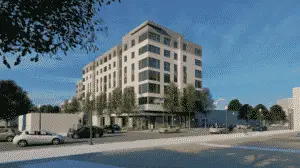 Affordable Rental Provider Repays $710K to Arlington County
Affordable Rental Provider Repays $710K to Arlington County
 Decline in Home Prices: Anticipating a Shift in 2024
Decline in Home Prices: Anticipating a Shift in 2024
 Maryland Governor Legislative Agenda: Military Families, Housing, and Public Safety in 2024
Maryland Governor Legislative Agenda: Military Families, Housing, and Public Safety in 2024
 Nashville’s Zoning Bills for Middle-Income Housing Spark Contentious Debate
Nashville’s Zoning Bills for Middle-Income Housing Spark Contentious Debate
 Tampa Affordable Housing Initiative Breaks Ground on New 188-Unit Building
Tampa Affordable Housing Initiative Breaks Ground on New 188-Unit Building
